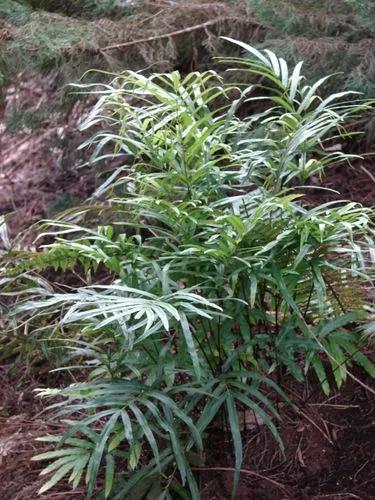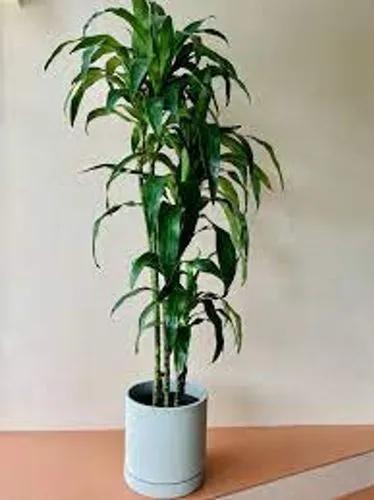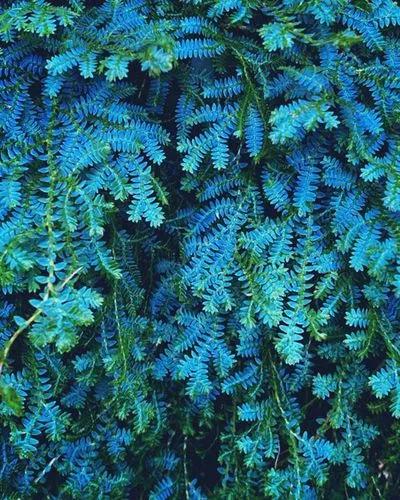The plant Zamioculcas may be found in the wild in tropical and southern subtropical Africa. ZZ plant is a typical member of the aroid family, the only plant in its genus. People began to use it as a room plant from the beginning of the 90s, although botanists described it in the 30s of the last century.
ZZ Plant Care
Zamioculcas zamiifolia
Other names: Zee Zee Plant



Zamioculcas is a low herbaceous plant that grows in clumps. The roots are large and meaty, and the rhizome is tuberous. A flower's rachis, which is thick and juicy and retains water, is essential. The feathers are thick and leathery to the touch. The leaf plate can be up to 40 in (100 cm) in length. During a long dry period, the plant sheds leaves from the upper portion of the leaf plate, reducing moisture evaporation and necessitating the use of the petiole from below to keep the bush hydrated.
How to Care for the Plant

Water

Zamioculcas stores moisture in the lower thick part of the petiole and its other parts. Thus, it is a drought-resistant plant. The soil should dry out from the previous watering to water the plant again.
Be careful: while the plant will tolerate a bit of neglect, overwatering is the most common reason for its death. Ensure the pot has proper drainage, so excess water will not make the roots rot. Use soft, settled water at room temperature. In summer, watering should be more often, while it is reduced to 1 time per month during the winter.

Pruning

Pruning is carried out in order to form a crown. To increase the density, it is important to cut the branches correctly. Regular pruning rejuvenates the plant, so it does not have to waste nutrients on unnecessary or diseased leaves.

Fertilizer

You may want to nourish your ZZ plant once every 15 days from the second half of spring until the end of summer. Use succulent and cacti fertilizers.

Sunlight

A bright place with diffused lighting will be great for your Zamioculcas. In summer, ZZ Plant prefers outdoor accommodation - on the balcony, in the garden, etc. In winter, you will have to move the plant closer to the window. Speaking of the window, Western or Eastern windows are best suited. On the south side, it will need a shade. Otherwise, burns will appear on its leaves from direct sunlight.

Soil

The soil for this plant can be prepared independently from equal parts of leafy, turfy land, peat, and sand, or you can use a ready-made commercial substrate for growing succulents or cacti. The most important requirement for the soil for Zamioculcas is the looseness and good air permeability, combined with a neutral reaction. Also, be sure to arrange drainage, ¼ of the pot. A suitable substrate should consist of sand, garden, garden, and forest soil (5:2:2:2). A small amount of charcoal is added to the finished soil mixture.

Propagation

Reproduction occurs by dividing the bush, leaf, cuttings. Let the leaf dry a bit before planting. It is desirable to root cuttings or a leaf with soil heating and with the use of phytohormones, for better root formation. Rooting can take up to 2 months.

Temperature

This flower belongs to heat-loving crops; therefore, the temperature is considered optimal for its cultivation from 18 ° to 26 ° C (64-79 F). In winter, when the flower is in a state of relative dormancy, it needs a lower temperature of about 15 ° C (59 F). Zamioculcas loves fresh air, but consider removing it from direct drafts.

Container

Transplantation and feeding should be distinguished from the activities for the care of this tropical plant.
Young specimens of Zamioculcas have transplanted annually in the spring, and older plants are repotted occasionally. Sometimes, it is enough to change the top layer of soil. When choosing a pot for this plant, consider that Zamioculcas grows rather slowly; only several new leaves grow in it per year. Therefore, the new pot should not be much larger than the previous one.
Attention! The planting depth in the new pot must be identical to the planting depth in the old one. Otherwise, when the growth point is deepened, it will rot.

Fun fact

ZZ is the abbreviation for Zamioculcas Zamiifolia. It’s also called “Zanzibar Gem”.

Popularity

322,073 people already have this plant 29,235 people have added this plant to their wishlists

Common pests

Zamioculcas rarely becomes infested with pests, but with improper or insufficient care, it settles on it: spider mite, shield, or aphid.

Frequent diseases

The most common problems that you can face with your Zamioculcas, are yellow leaves and root rot caused by overwatering. They are also inclined to have brown leaves due to excess light, heat, overfertilizing, or low humidity. Bright, indirect light, well-draining soil, and cautious watering will prevent most problems.

Botanist’s tips

- Adjust the watering regime of the plant as the soil dries out completely.
- Apply special fertilizers according to the instructions.
- Place the plant in a lighted area out of direct sunlight.
- Strict correspondence between temperature, lighting, watering, and feeding. If one of the factors is lacking, the rest are also reduced (for example, if there is a lack of light, watering, feeding, and the temperature of the content are reduced).
Discover more plants with the list below
Related articles






